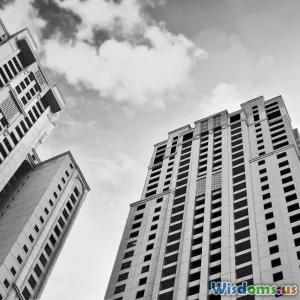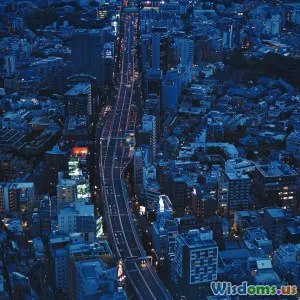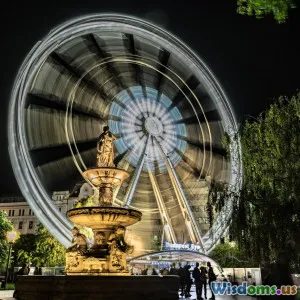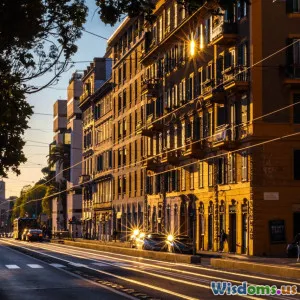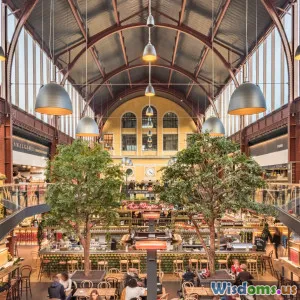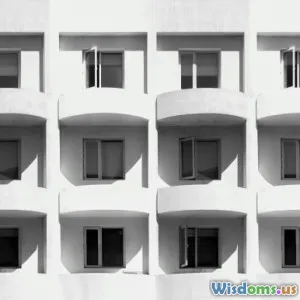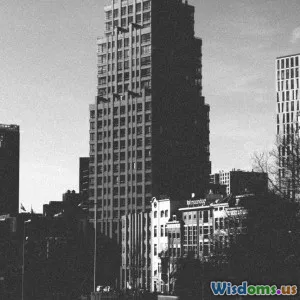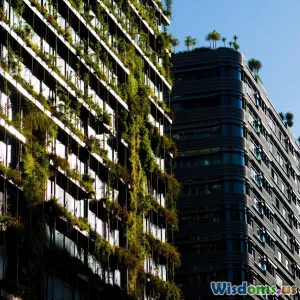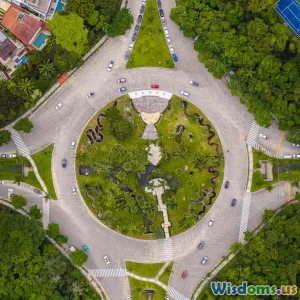
Comparing Mixed Use Districts Which Attract More New Residents
17 min read Explore which mixed-use districts most effectively attract new residents and why. (0 Reviews)
Which Mixed Use Districts Attract the Most New Residents?
As urban populations continue to grow and shift, the allure of mixed use districts—vibrant neighborhoods seamlessly blending residential, commercial, and recreational spaces—has reached new heights. But not all mixed use districts are created equal. Some neighborhoods become magnets for newcomers and drive broader metropolitan transformation, while others struggle to entice sustainable resident inflow. What separates the highly attractive mixed use districts from those that merely tick the boxes on paper? Let’s compare the hallmarks of the most successful examples and uncover what truly draws new residents eager for city life and community.
Design as Destiny: Layouts That Foster Belonging
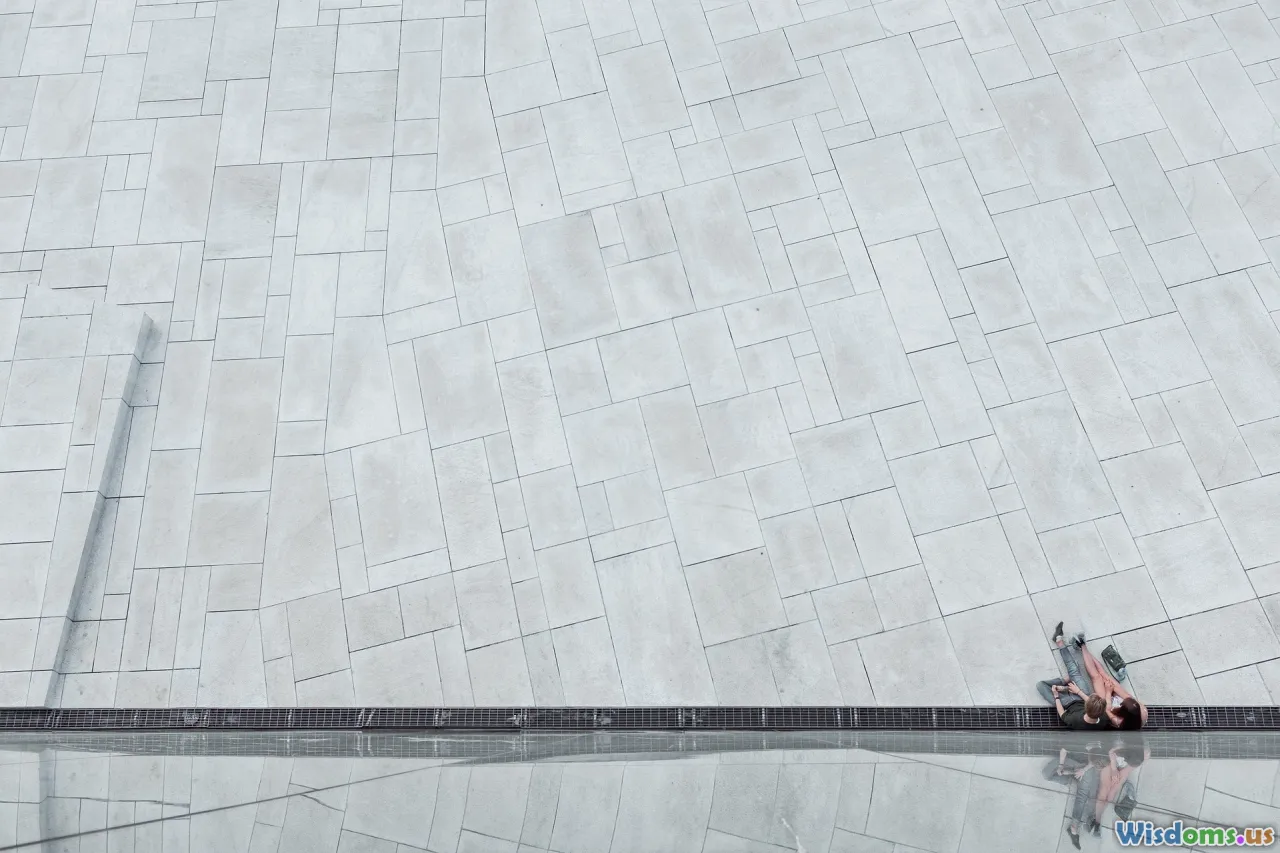
No two mixed use districts look exactly the same, but those that win over new residents tend to share an intentional approach to urban design. The welcoming atmosphere starts at the street level. Districts such as Toronto’s Distillery District and Seattle’s South Lake Union strategically orchestrate pedestrian-friendly streetscapes, open plazas, and seamlessly intertwined ground-floor amenities. These features encourage walkability, serendipitous encounters, and genuine community engagement.
Key Aspects:
- Human-scale streets: Narrower lanes, wide sidewalks, tree canopy, and frequent cross-streets invite strolls and conversations. New York’s Hudson Yards excels at creating accessible, continuous pedestrian routes amidst high-rise towers, making dense city living less intimidating and more intimate.
- Mixed housing typologies: Successful districts incorporate a range of housing varies (townhouses, apartments, condos) catering to singles, families, and seniors. Dallas’ Victory Park intentionally diversified residential products after initial single-income targeting fell flat, achieving better population growth once more diverse options were included.
- Active ground floor use: Instead of blank retail facades or walled gardens, the most attractive districts feature continuous storefronts, cafes, and interactive street amenities. Amsterdam’s Eastern Docklands transformed from abandoned port land to one of Europe’s most sought-after new urban quarters with vibrant, mixed-use promenades bustling day and night.
Design, in effect, is destiny—urban form that prioritizes people over cars and diverse daily needs over single-use monocultures creates living environments where residents want not just to stay, but to invite others.
Lifestyle & Amenities: The Versatile Heartbeat
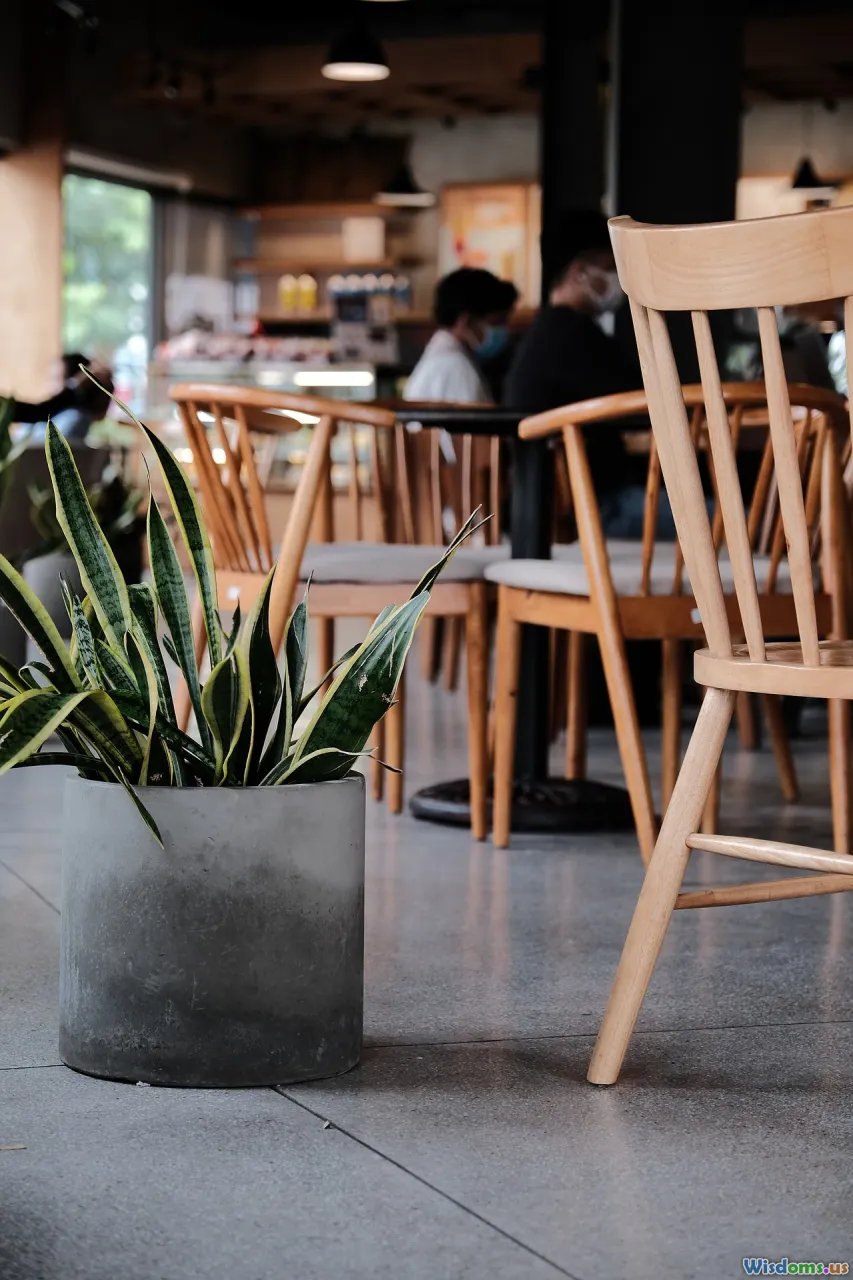
New residents seldom move to a district for architecture alone. The lifestyle on offer plays a dominant role in decision-making—what can you do here, who will you meet, and how will you live? The best mixed use districts become cultural microcosms, hosting an amenity mix that speaks to variety, curiosity, and inclusive community formation.
Examples in Practice:
- Curated entertainment options: Consider Chicago’s West Loop, once an industrial area reborn as a culinary hotspot featuring Fulton Market, concert venues, chef-driven restaurants, and co-working spaces. These attractions serve long-time locals and continually draw new residents who relish the density of experiences steps from their doors.
- Access to green space: The desirability of mixed use neighborhoods spikes dramatically when high-quality open space is prioritized. Atlanta’s Ponce City Market is directly linked to the BeltLine, a 22-mile loop of trails, parks, and entertainment, which made the formerly declining neighborhood irresistible to young professionals and families.
- Year-round programming: Regular farmers markets, street festivals, fitness pop-ups, and community movie nights create rhythms of connection and belonging. San Francisco’s Mission Bay district’s series of waterfront events broke down initial resident isolation for tech-sector transplants.
When amenities anticipate the full spectrum of human need—relaxation, play, productivity, and connection—they foster loyalty and spontaneous promotion by residents themselves.
Affordability & Accessibility: Gateways or Gatekeepers?
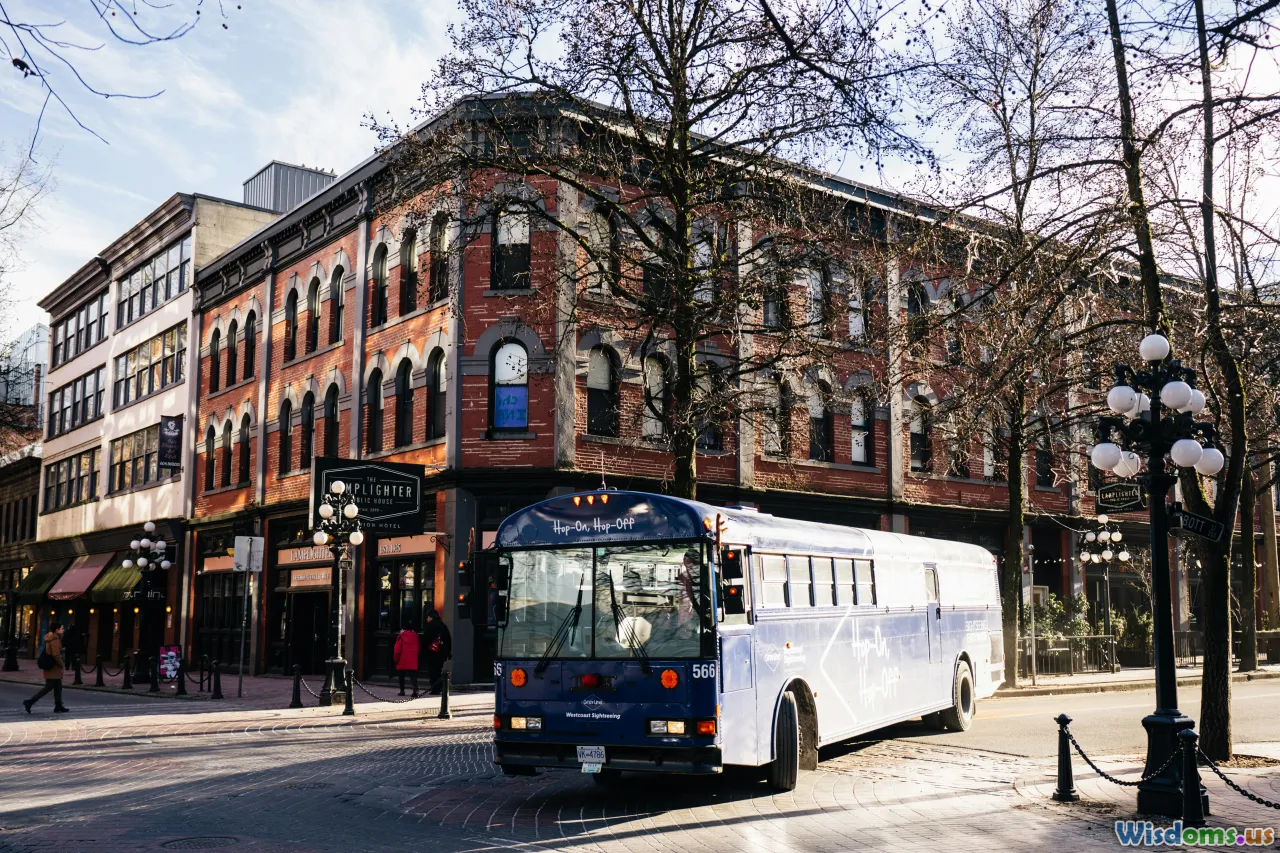
While dazzling streetscapes and non-stop lifestyle programming are drawcards, they mean little without accessibility—physical, financial, and social. Too often, headline-grabbing mixed use districts neglect this, pricing out the residents they hope to attract and failing to connect to broader city networks.
Keys to Inclusion:
- Blend of market-rate and affordable housing: Portland’s Pearl District ensures a significant share of units are reserved for low- and moderate-income residents. This fosters organic diversity and creates sustainable roots for local businesses dependent on neighborhood patronage.
- Transit connectivity: Easy access to bus, rail, and bike infrastructure multiplies attractiveness especially for car-light or no-car households. Washington D.C.’s Navy Yard leverages its Metro proximity and Capital Bikeshare hubs, making it a best-in-class model for successful resident inflows among younger generations seeking alternatives to car ownership.
- Rent and ownership options: Not everyone wants a 30-year mortgage; attractive districts increasingly offer a spectrum from micro-units and co-living to lease-to-own models. Companies like Common and WeLive have found success filling gaps for newcomers aiming to try a district before committing long-term.
Affordability and accessibility, when properly integrated, act as onramps for a broad array of potential residents—single professionals, immigrant families, students, and seniors—resulting in districts truly alive with social mix.
The Innovation Factor: How Forward-Thinking Uses Draw Movers
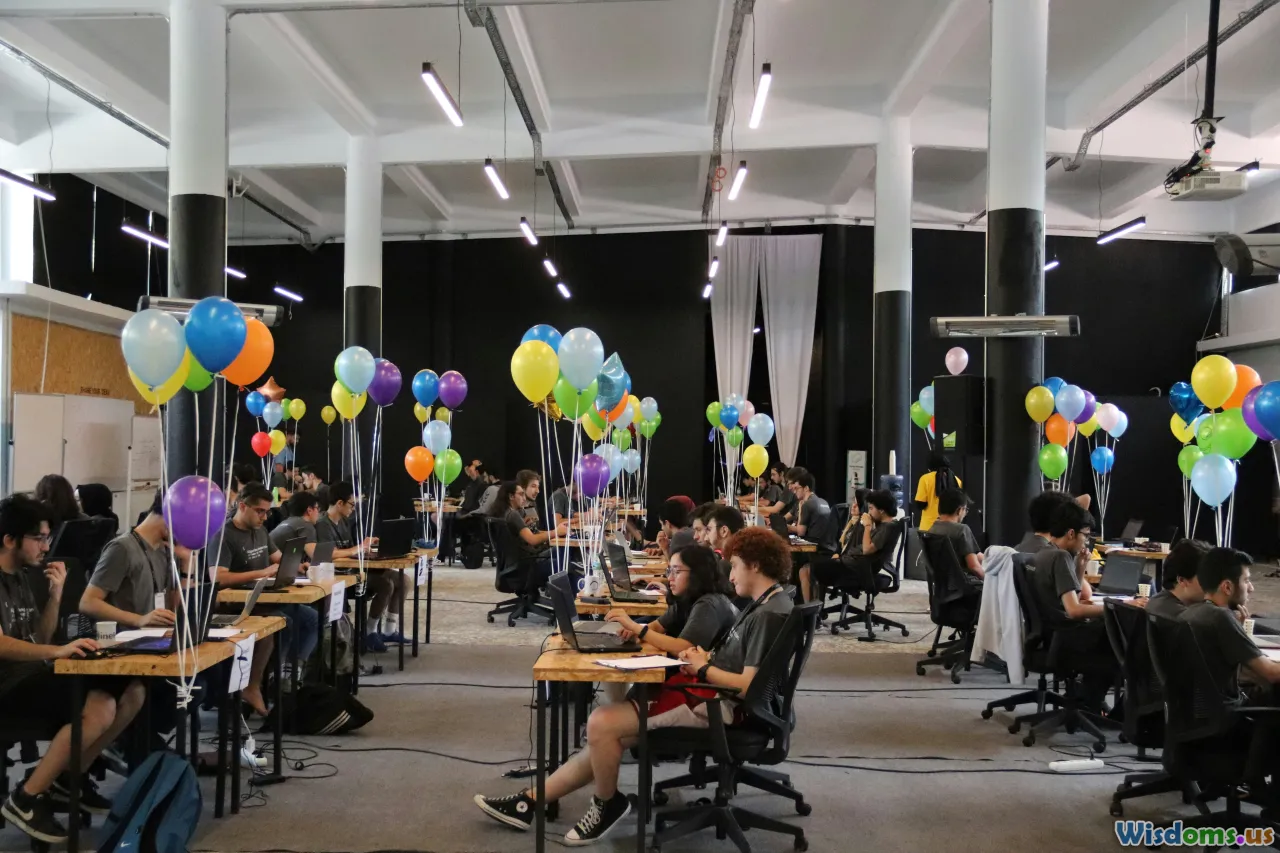
A defining characteristic of today’s most magnetic mixed use districts is relentless innovation—whether in the technology sector, design, or cultural programming. The ability to adapt to swiftly changing resident needs is now a minimum requirement for communities hoping to stand out and grow.
What Works?
- Anchor institutions: Proximity to major research universities, hospitals, or headquarters can spark clustering effects. Cambridge’s Kendall Square—once a sleepy industrial area—became the "most innovative square mile on the planet" after MIT’s expansion drew global life science firms, entrepreneurs, and academic talent. New arrivals seeking opportunity and creative energy flock there as a result.
- Flexible workspaces: Districts that supply coworking, incubator labs, or shared studios appeal deeply to freelancers, entrepreneurs, and the remote-work set. In Berlin’s Kreuzberg, a proliferation of flexible office infrastructures has proven pivotal in attracting a dynamic population over a shrinking, older northeastern city.
- Smart infrastructure: Fiber optic broadband, green energy, adaptive building controls, and responsive public spaces are more than amenities; they signify a district ready for the future. In Singapore’s Paya Lebar Quarter, smart infrastructure and sensor-laden streets support an ever-changing user base, from global professionals to startup founders.
By nurturing ecosystems rich in innovation and adaptability, these districts stand apart for new residents eager to live on the cutting edge, not the status quo.
Safety, Cleanliness, and Sense of Security

Even the prettiest neighborhood loses appeal if residents don’t feel safe or if disorder goes unchecked. Perceptions of safety and cleanliness are consistently cited in resident surveys as top concerns when relocating. Mixed use districts that invest in proactive security and stellar urban maintenance build reputations that residents reinforce through positive word-of-mouth.
Winning Approaches:
- Integrated community policing and presence: Partnerships between local police, security personnel, and residents can reduce both crime and the perception thereof. The Reston Town Center in Virginia boasts one of the region’s highest satisfaction scores due to visible but approachable security staff.
- Maintenance teams and rapid response: Clean streets, well-lit public spaces, prompt repair of damage or vandalism matter. The privately-operated public realm model (seen in Denver’s Union Station) guarantees higher-than-average urban maintenance, consistently cited as a reason for increased new resident leasing year over year.
- Visible safety cues: Good lighting, open sightlines, security call boxes, wayfinding signs, and engaged pedestrian-level businesses all contribute to a subconscious sense of order and stewardship. These details foster trust that any issues will be noticed and addressed rapidly.
Simply put, when people feel secure, they are far more likely to relocate—and just as importantly, to stay.
Branding & Identity: Telling an Irresistible District Story
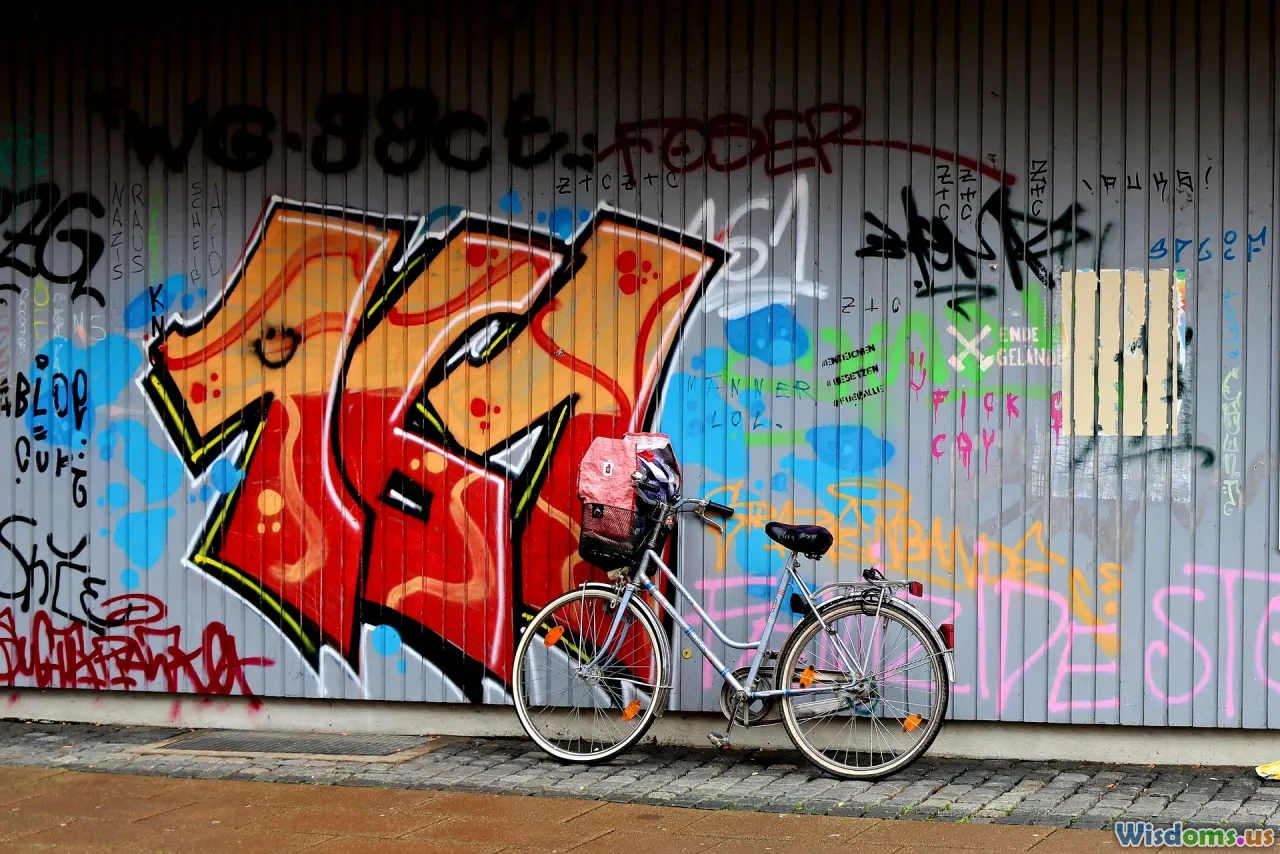
The magnetism of a mixed use district doesn’t only stem from its tangible features, but from the identity it projects internally and externally. Districts with a clear, energizing brand and local narrative consistently outperform bland neighborhoods in attracting the next wave of residents.
Best Practices:
- Celebrating local culture: The most attractive districts honor existing traditions or create compelling new ones. Little Italy in San Diego, for example, preserves its heritage with annual festivals, distinct signage, and Italian-themed plazas while infusing progressive public art—a hybrid identity that draws loyal newcomers.
- Public art and signature spaces: Chicago’s Riverwalk district isn’t just a feat of urban design; its murals, sculptural benches, and floating art boats invite locals and visitors to experience downtown differently, creating instant Instagrammable moments and a distinctive sense of place.
- Branding campaigns and storytelling: Social media strategies, district ambassadors, and historic storytelling can reinforce a district’s value proposition. In London, King’s Cross transformation is as famous for its branded, lifestyle-focused promotions as for its world-class urban plan.
An authentic, resonant sense of identity that’s constantly nurtured through art, language, festivals, and advocacy not only attracts but deeply roots new residents in their chosen districts.
Community Involvement & Social Infrastructure
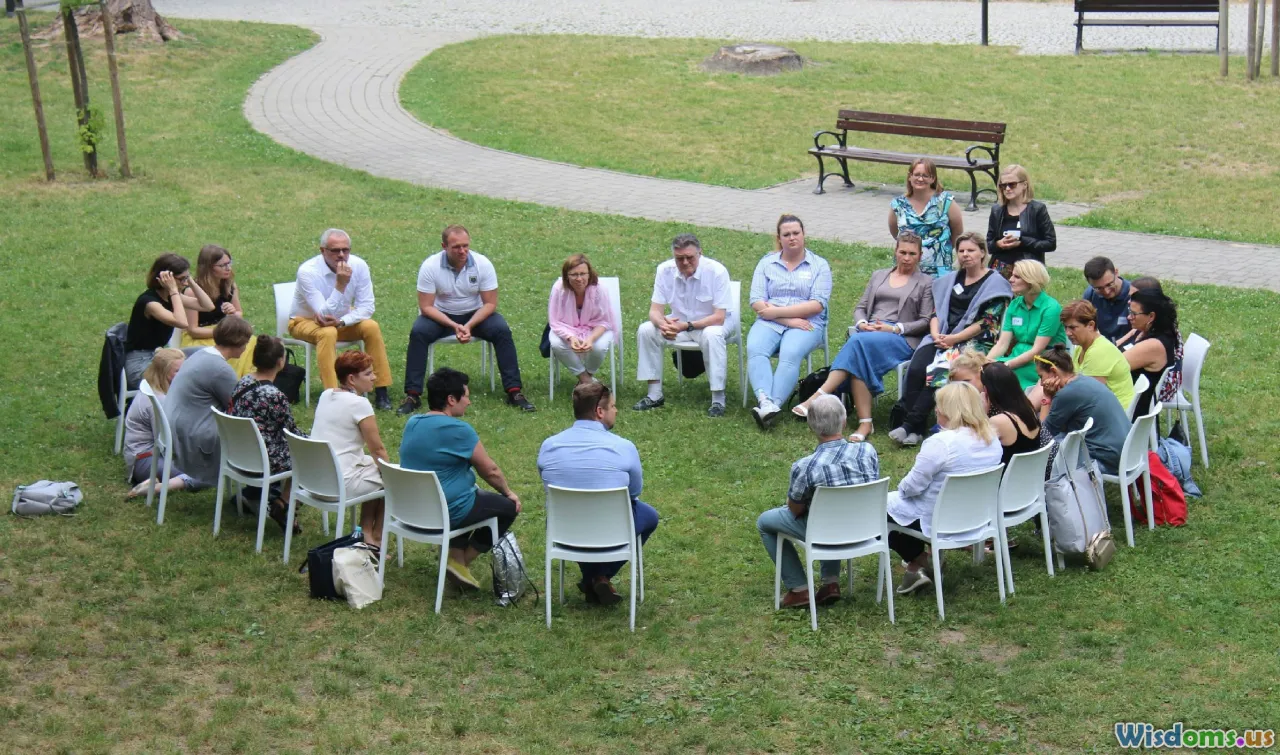
Mixed use districts reach another level of attraction when residents themselves are empowered to shape the space. Placeless, top-down developments—even if well designed—rarely generate the buy-in or sense of belonging that participatory districts achieve.
How Successful Districts Build Community:
- Resident-led councils & boards: Giving newcomers real channels to influence decisions—be it on open space management or business zoning—cultivates stewardship. Portland’s Sellwood-Moreland district enables residents to oversee community grants and organize initiatives, resulting in higher satisfaction and retention.
- Volunteer programs: Neighborhood clean-ups, mentorship schemes, and event committees invite residents to invest time and pride in their home. Ann Arbor’s Kerrytown hosts monthly volunteer markets and bike repair days—small but meaningful catalysts for neighborly connections.
- Shared facilities as social bridges: Community gardens, maker spaces, tool libraries, and public kitchens serve as invitations to gather with neighbors. These features, more common in progressive mixed use districts, help dissolve social isolation, supporting ecosystems where every new resident can find their community.
Communities are most attractive when residents recognize and trust each other as co-owners of their shared destiny, not simply as co-occupants of space.
Lessons & Takeaways For Urban Planners, Developers, and Residents
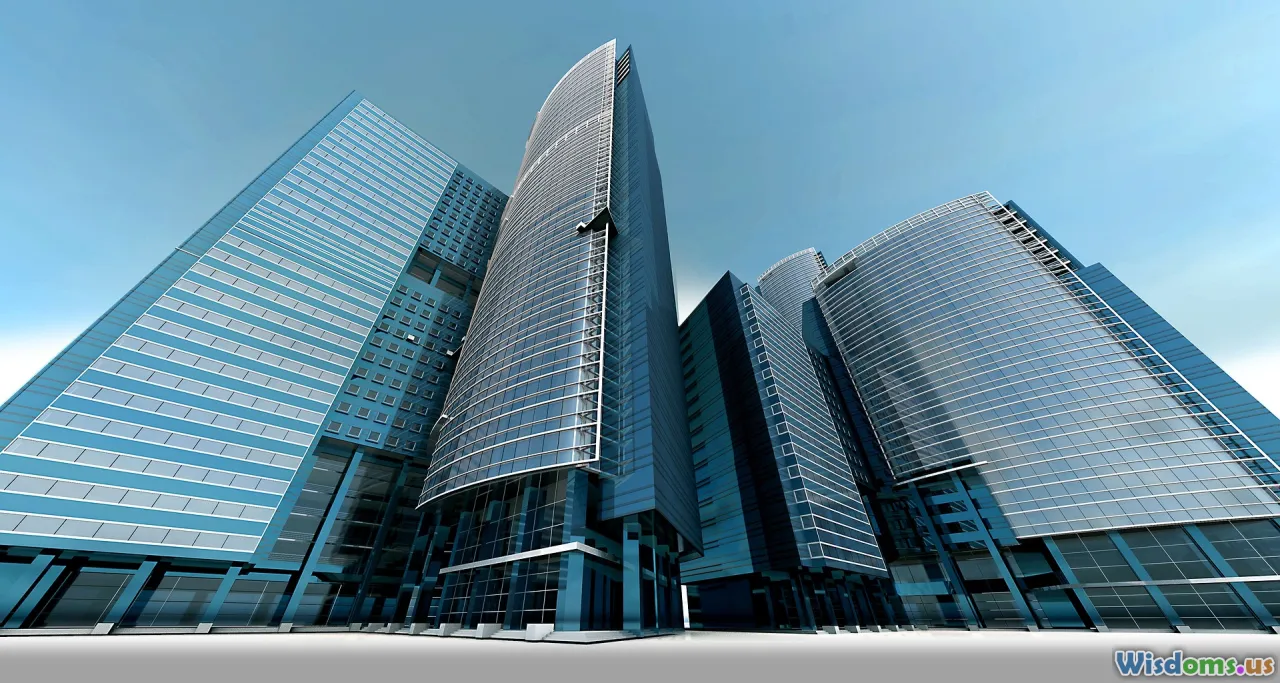
Mixed use districts that flourish—drawing a reliable influx of new residents—are those that look beyond the spreadsheets or the latest real estate trend. They are, first and foremost, about people: creating inviting, adaptable, and inclusive spaces where people want to plant roots.
What Planners and Developers Can Apply:
- Audit for true mixed use: Survey ground floors and rooftops—is there 18-hour life, or is it static after 6pm?
- Prioritize connectivity: Every successful district is at the heart of a web of transport, fiber, trails, and sidewalks.
- Diversify offerings: Avoid single-demographic targeting—even high-earning singles age, marry, and need childcare eventually.
- Prototype, test, and refine: Small pilot projects (pop-ups, mobile markets) allow for tactical iteration before investing heavily.
- Budget for maintenance and inclusion: The best branding is the shared memory of safety and welcome.
For residents and would-be-movers, the advice is simpler: seek what fits not just your career, but your spirit and routines. Look critically—are there signs of stewardship, affordable access, real community, and a district identity that resonates with you?
As cities evolve, mixed use districts will remain arenas of experimentation and aspiration. By studying their successes—and learning from their failures—we not only find where the newcomers gather, but how communities worthy of the term are created for generations to come.
Rate the Post
User Reviews
Popular Posts










